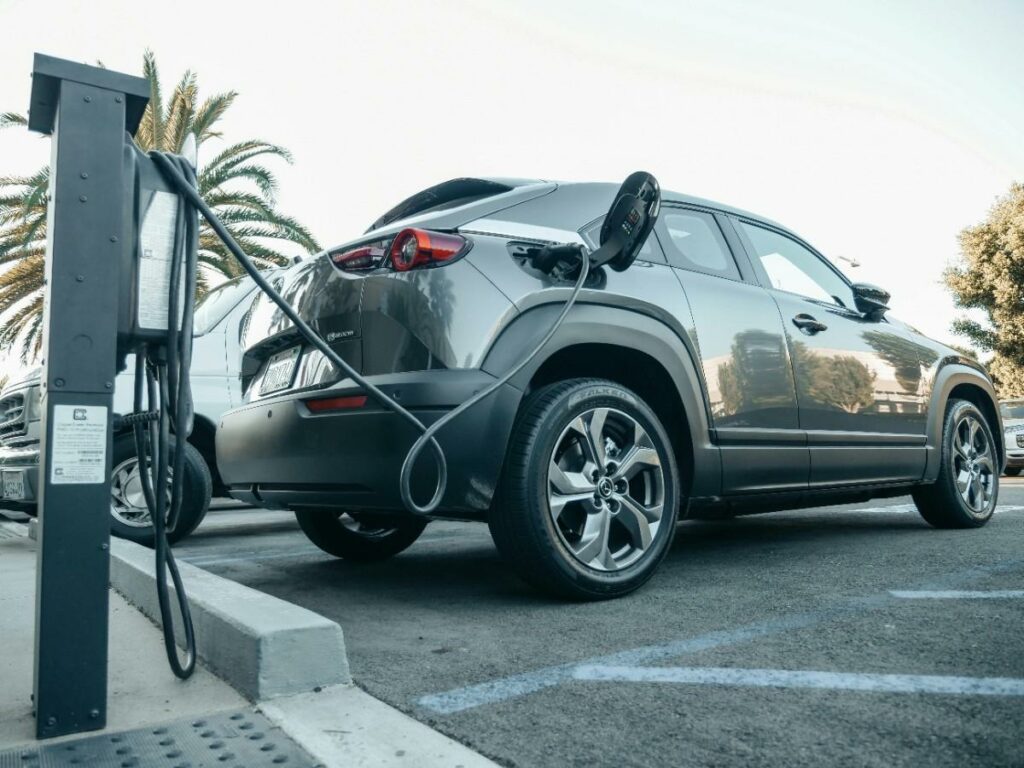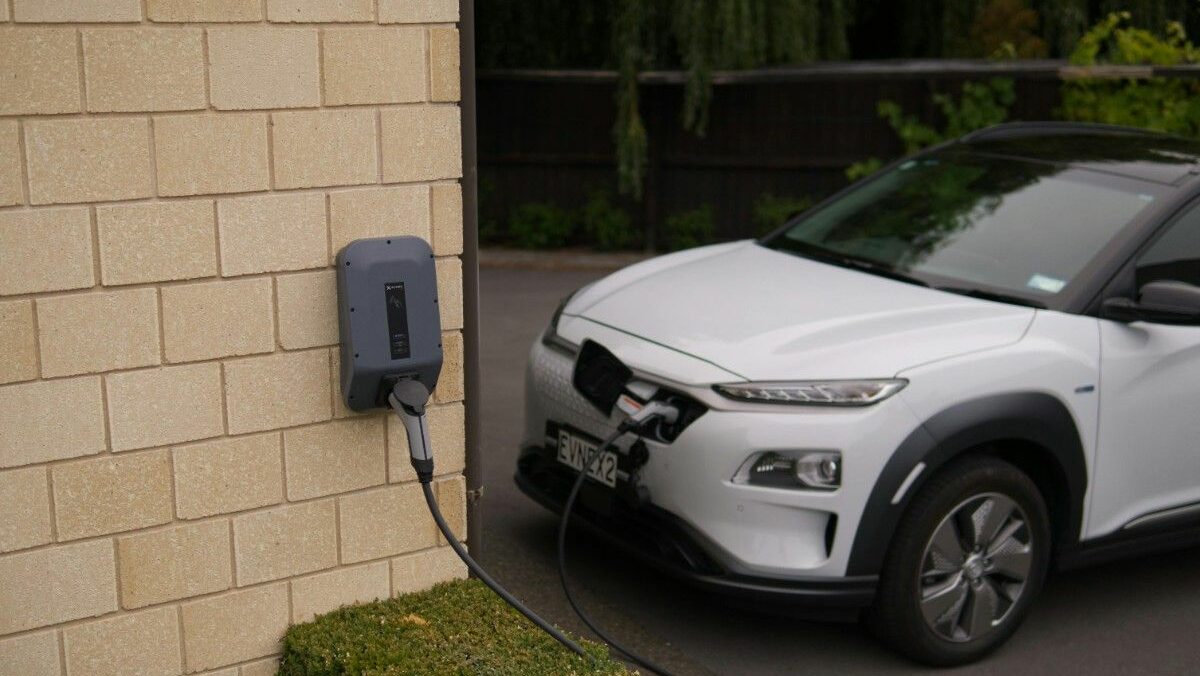The Hot and Cold Truth: How Temperature Affects EV Performance
Sleek, quiet, and environmentally friendly, electric cars (EVs) are the future. But just like people, they have their comfort zones regarding temperature. Too chilly? Your electric vehicle could begin to seem slow. Too warm? It might become rather too hot. So, how precisely does temperature interfere with the functioning of your EV and what can you do about it? Buckle up; we’re plunging into the searing (and cold) realm of EVs.

The Cold Hard Truth: Winter Woes for Electric Vehicles
Should your phone die faster in subzero temperatures, you already understand some of the issue. EV batteries despise the cold just as much as we do. Colder temperatures cause chemical processes within lithium-ion batteries to stall, hence lowering efficiency. The outcome? A significant drop in range; occasionally by 20-30% in severe cold.
But it’s not only about range. Charging rates are also impacted by cold weather. Have you ever connected your EV on a cold morning just to discover it charging at a snail’s pace? The battery management system (BMS) restricts charging power to safeguard the battery, thus limiting it. Some EVs even utilize energy to warm up the battery before rapid charging, which can be a bit of a contradiction; using power to get more power.
Not to mention, regenerative braking. Your EV may momentarily lower regenerative braking power in cold weather since the battery cannot absorb energy as effectively. That calls for increased brake pedal use, which is not perfect for maximum range.
Advice to Maintain Your EV Happy in Winter
Prepare your battery: To save range, warm up your EV while still connected.
Park inside: Even an unheated garage can keep some warmth.
Go easy on the heat: Cabin heating drains battery life; use seat warmers instead.
Summer Struggles When the Heat is On
Now, let’s discuss the opposite extreme. While your EV’s battery isn’t a fan, high temps may be wonderful for beach excursions. Heat accelerates chemical reactions, which seems beneficial; until it causes quicker battery failure. Over time, extended exposure to searing temperatures might reduce the life of your battery.
Charging in warmer temperatures might also be difficult. Especially with fast chargers, many EVs automatically lower charging rates to avoid overheating. Your automobile could, just as in winter, consume power to cool the battery, hence reducing efficiency somewhat.
Then there is cabin conditioning. Running the AC still affects the battery; it doesn’t deplete it as much as heating does. Road-tripping in 100°F weather will somewhat reduce your range.
Maintaining Your EV Cool in Summer
Avoid quick charging at high heat. Charging in the early morning or evening is more gentle on the battery.
Keeping your EV out of direct sunlight helps.
Pre-cool while plugged in: Like preconditioning in winter, chilling the cabin before unplugging conserves batteries.
The Goldilocks Zone: Ideal Temperature for EVs
So, where is the sweet spot? Most EV batteries run best in the 60°F to 80°F (15°C to 27°C) range. You will have best efficiency, charging speed, and battery lifetime in this range. We cannot influence the weather, but knowing these impacts allows you to better plan; whether it means changing your driving patterns or selecting the appropriate charging times.
Final Reflections: Temperature vs. EVs
Certainly, temperature influences EV performance, but it’s not a dealbreaker. To reduce the impact of severe weather, modern electric vehicles use sophisticated heat management systems. These difficulties will only decrease as battery technology advances.
Your EV is only responding to the weather like the rest of us, so next time you notice your range decrease in winter or your charge sluggish in summer, keep that in mind. Keeping your electric journey smooth depends on a little preparation regardless of what Mother Nature throws at it.
Now, who wants a joyride under climate control?







